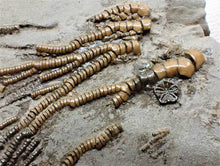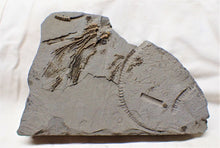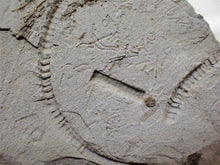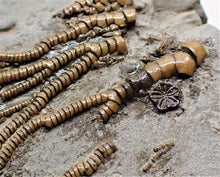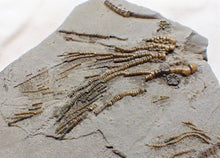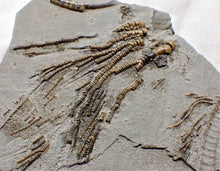
A stunning example of a crinoid fossil of the species Pentacrinites fossilis from the world-famous Jurassic Coast beach of Charmouth, Dorset UK.
The limestone matrix measures 172 mm (6.77 inches) across and is the original shale in which the fossil was found. The fossil consists of a near-complete head with great detail in the arms and pinnules along with other parts of the crinoid's anatomy, including some stem sections and impressions in the shale. It is preserved in limestone with no pyrite. It has been coated with a soluble (removable) lacquer for protection. Crinoids from this location still in their original shale are rare. The shale matrix has a cut-flat base to allow it to stand freely for display. These crinoids are very sought after and not easy to find these days, and heads in shale like this are even rarer. The whole piece weighs 515 grams.
Around 196 million years old (Sinemurian, Early Jurassic), this fossil would make a wonderful addition to any collection.
Crinoids are echinoderms closely related to starfish and sea urchins, and have been around for many hundreds of millions of years. They still live today in the deep seas around the world.







